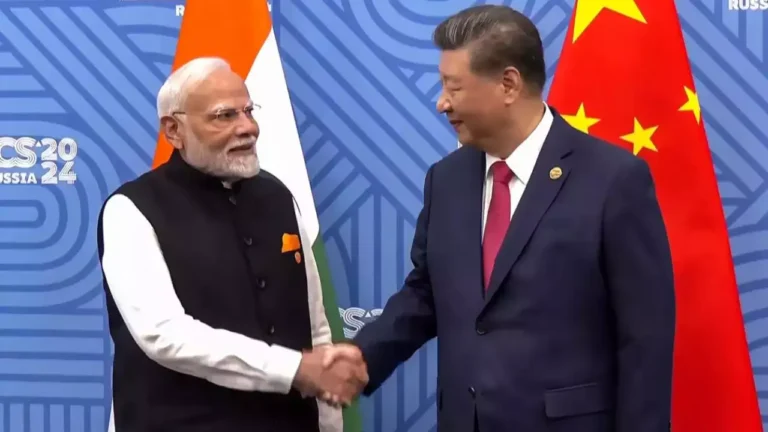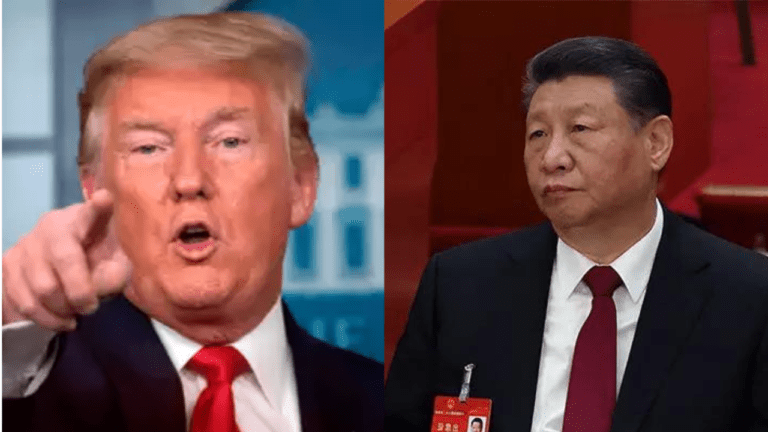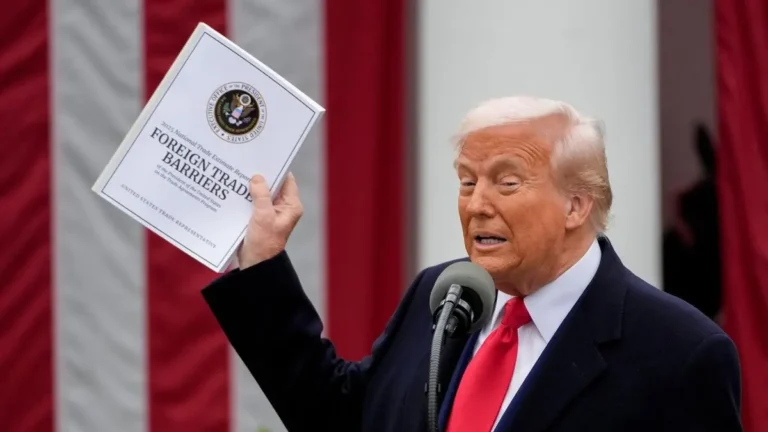U.S. Imposes 26% Tariff on Indian Imports Amid Global Trade Measures

April 3, 2025
President Donald Trump has announced a 26% “reciprocal tariff” on Indian imports, citing India’s higher tariffs on American goods. This decision is part of a broader strategy targeting multiple countries to address perceived trade imbalances.
Details of the Tariff Announcement
President Trump stated that India’s tariffs on U.S. products are approximately 52%, prompting the U.S. to implement a 26% tariff—half of India’s rate—to promote fair trade practices. Despite acknowledging his friendship with Indian Prime Minister Narendra Modi, Trump emphasized that personal relationships would not influence trade decisions.
Impact on Indian Industries
The 26% tariff is expected to affect several key Indian export sectors, including:
- Information Technology Services: Companies like Infosys and TCS may face increased costs, potentially impacting their competitiveness in the U.S. market.
- Textiles and Apparel: Manufacturers exporting to the U.S. could experience reduced demand due to higher prices resulting from the tariffs.
- Automotive Components: Suppliers may encounter decreased orders from U.S. automakers seeking more cost-effective alternatives.
Global Market Reactions
The announcement has led to volatility in global financial markets:
- Stock Markets: Major indices, including the Dow Jones and Nasdaq, experienced significant declines.
- Currency Fluctuations: The U.S. dollar index dropped over 1%, while other currencies, such as the British pound and euro, saw gains.
Responses from Indian Officials
Indian authorities have expressed concern over the tariffs and are considering various response strategies:
- Diplomatic Engagement: Initiating talks with U.S. counterparts to negotiate tariff reductions or exemptions.
- Diversification of Export Markets: Exploring alternative markets to mitigate reliance on U.S. trade.
- Policy Adjustments: Assessing domestic tariff structures to address U.S. concerns and potentially prevent further escalations.
Conclusion
The imposition of a 26% tariff on Indian imports by the U.S. marks a significant development in international trade relations. While aiming to rectify trade imbalances, this action introduces challenges for Indian exporters and adds complexity to the global economic landscape. Ongoing dialogue and negotiations will be crucial in addressing the implications of these tariffs and fostering stable trade partnerships.
The U.S.’s decision to impose a sweeping 26% reciprocal tariff on Indian imports—part of a broader “Liberation Day” trade initiative—marks a pivotal moment in global commerce. While aimed at recalibrating trade imbalances, the policy adds pressure on sectors like electronics, gems & jewelry, and steel, even as pharma remains exempt. The outcome now hinges on fast-tracked India–U.S. negotiations and possible market reorientation toward alternative partners. As both nations move forward, the unfolding discussions will be essential in determining whether this tariff becomes a lasting divide or a stepping stone toward strategic recalibration.
🔗 Trusted Sources to Explore Further
- Reuters – How Trump’s reciprocal tariffs impact Indian exports
A detailed breakdown of affected sectors, trade balance data, and comparisons with tariffs on other countries. - Reuters – Rupee drops in NDF market after US levies 26% tariffs on India
Covers immediate currency market reactions and contextualizes the tariff as part of a wider shift in global trade policy. - Reuters – India and US advance toward interim trade deal after four-day talks
Provides insight into ongoing negotiations aiming to soften the impact of the tariffs and reach an interim agreement.





